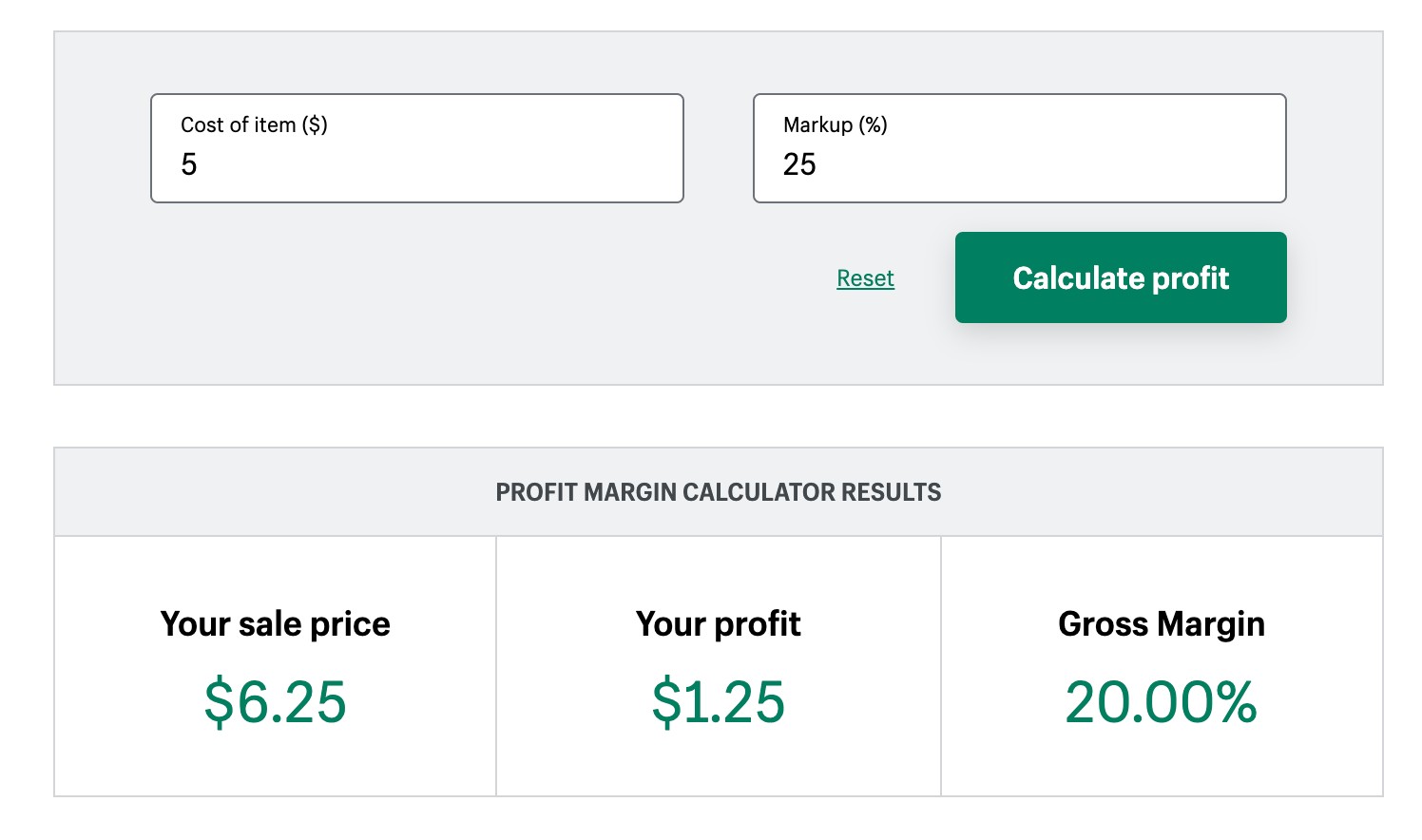Wholesale pricing is the cost businesses charge retailers for products purchased in bulk. Retail pricing, on the other hand, is the price consumers pay for individual items in stores or online. Understanding the difference between these two pricing models is crucial for both businesses and consumers. This article breaks down the key distinctions between wholesale and retail pricing, including how wholesale prices are calculated and various pricing strategies wholesalers employ.
Wholesale vs. Retail: Core Differences
At its heart, the difference boils down to volume and target audience. Wholesalers sell large quantities of goods to retailers, relying on economies of scale for profitability. Retailers, conversely, sell individual units to end consumers at a marked-up price to cover their costs and generate profit.
Think of it this way: a wholesaler might sell 100 t-shirts to a retailer for $5 each. The retailer then sells each t-shirt to consumers for $15. The $10 difference represents the retailer’s markup, covering expenses like rent, staff, and marketing.
 Wholesale price calculator showing a 25% markup for a wholesale product that costs .
Wholesale price calculator showing a 25% markup for a wholesale product that costs .
A wholesale price calculator helps determine profit margins.
Calculating Wholesale Price: A Step-by-Step Guide
Determining the right wholesale price is critical for a business’s success. Setting prices too high can deter potential customers, while prices that are too low can erode profit margins. Here’s a breakdown of how to calculate wholesale price:
1. Market Research: Analyze your target market, brand positioning (discount, contemporary, luxury), and competitor pricing to understand where your product fits within the market landscape.
2. Production Costs: Calculate the Cost of Goods Manufactured (COGM), which includes all costs associated with producing your product: materials, labor, shipping, and handling. The formula is:
COGM = Total Material Cost + Total Labor Cost + Additional Costs & Overhead
3. Profit Margin: Determine your desired profit margin. A common range for wholesale is between 15% and 50%. You can use online calculators to experiment with different margins and their impact on your pricing.
4. Additional Costs: Factor in overhead expenses like rent, utilities, marketing, and online store fees. These costs contribute to your overall cost price.
5. Wholesale Pricing Formula: A simple formula to ensure a 50% profit margin is: Wholesale Price = COGS x 2. However, more complex formulas incorporating all costs and desired profit margin can be used for a more precise calculation.
Wholesale Pricing Strategies
Several pricing methods exist for wholesalers:
1. Keystone Pricing: This straightforward method doubles the COGM to arrive at the wholesale price, effectively ensuring a 50% markup. Wholesale Price = Retail Price / 2
2. Absorption Pricing: This method factors in all costs, including fixed overhead and profit margins. Wholesale Price = Cost Price + Profit Margin
3. Differentiated Pricing: This dynamic approach adjusts prices based on factors like demand, seasonality, and location. For example, charging a premium for seasonal items during peak demand.
Setting Wholesale Prices: Key Considerations
Beyond calculating costs, consider these factors:
- Manufacturer’s Suggested Retail Price (MSRP): Setting an MSRP guides retailers on the recommended selling price to consumers and prevents undercutting.
- Dual Pricing Strategy: Implement separate pricing for wholesale and direct-to-consumer sales to maximize profitability in both channels.
- Sales Volume: Offer tiered pricing based on order quantity to incentivize larger orders and reward loyal customers.
- Regular Review: Continuously monitor and adjust your wholesale pricing to adapt to market changes, competitor actions, and fluctuating production costs.
Conclusion
Understanding the nuances of wholesale pricing is fundamental to building a successful business. By carefully calculating costs, implementing strategic pricing methods, and consistently reviewing market dynamics, businesses can optimize their pricing strategies for sustainable profitability and growth. Effective wholesale pricing ensures fair compensation for producers while enabling retailers to offer competitive prices to consumers, fostering a healthy and thriving marketplace.
